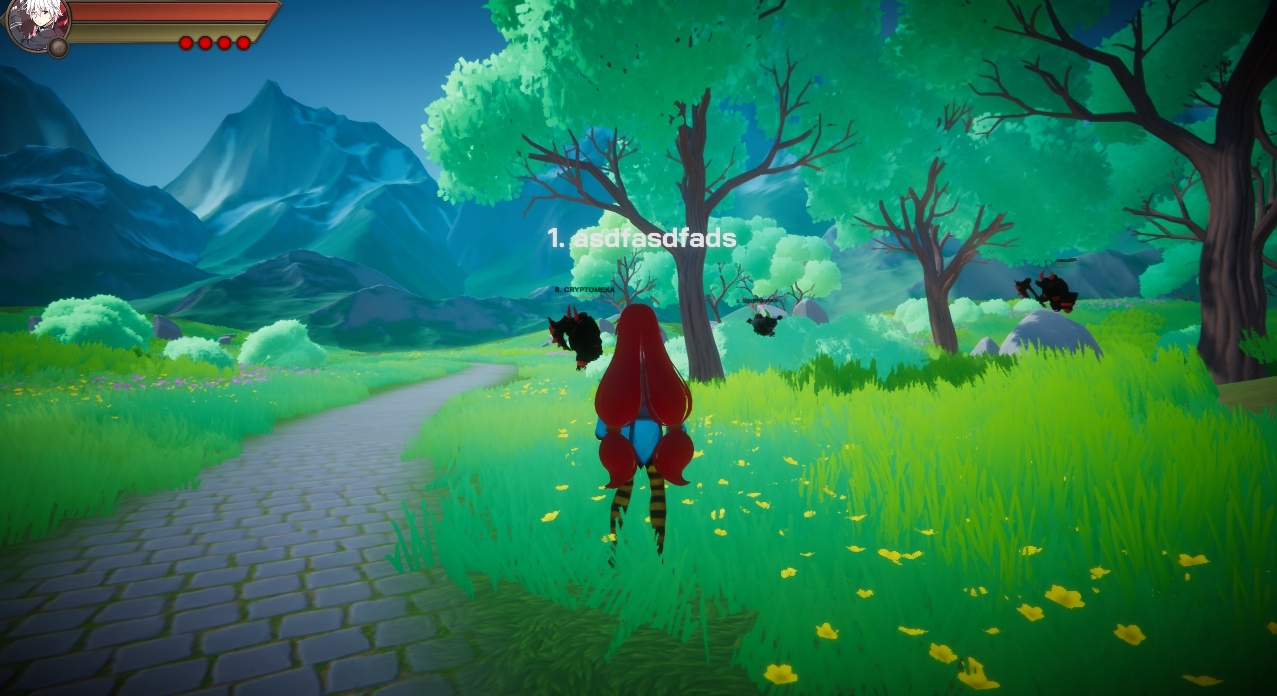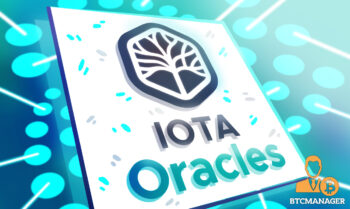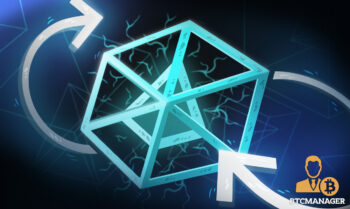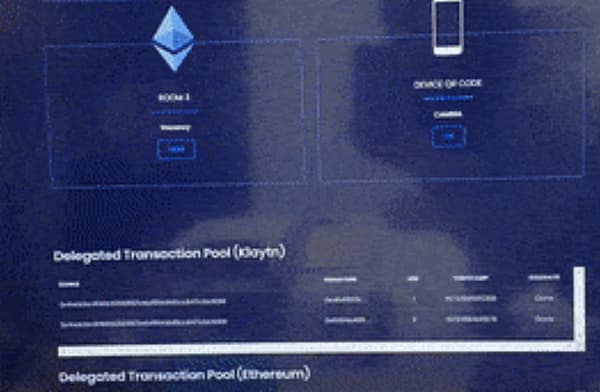2022-1-17 21:00 |
Big names such as Bitcoin, Ethereum, Polygon, Polkadot, Avalanche, Algorand and Solana tend to crop up in any discussion about blockchain, but amid the technology’s rapid growth and the ever more competitive nature of the market, developers are increasingly locked in a race to make sure their blockchains come out on top.
In this highly competitive and changing environment, it is important for developers to consider the processes that are key to understanding how different blockchains can meet specific needs. These factors include consensus mechanisms, decentralisation, sustainability, security, speed, cost and governance. All of these attributes should be examined in order for companies to push for growth and efficiency, and will, ultimately, decide the key competitors in the market.
Understanding consensus mechanismsConsensus mechanisms are used in blockchain systems to ensure that all nodes are synchronised with one another. Consensus mechanisms are used for validating and authenticating transactions.
There are multiple types of consensus mechanism, each which align with different needs. Two of the most commonly used are Proof-of-Work and Proof-of-Stake.
Proof-of-Work (PoW): Bitcoin and Ethereum use PoW. For a Proof-of-Work consensus mechanism, large quantities of computational power are necessary to authenticate and verify nodes. Since it uses a lot of energy, it is very expensive. For example, to make one bitcoin in 2021, the amount of electrical energy which is required is equivalent to the average power consumption of a US household over 73 days. Although Ethereum currently uses PoW, it is shifting towards using Proof-of-Stake. Proof-of-Stake (PoS): Examples of companies using PoS include Solana and Algorand. Thus far, Proof of Stake has been the most successful consensus mechanism at enabling faster, lower cost networks. With this mechanism, the responsibility of allocation is given to those users who stake the most coins, which allows them to create more blocks. Proof-of-Stake is an alternative to PoW that uses much less energy. However, it favours those who have more capital, and is usually less decentralised (less independent nodes).Consensus mechanisms are important because they underpin the security and trust in the blockchain to prevent fraud. When the validating user dictating the next block cannot be predicted, the possibility for infiltration is reduced. The risks of using a less secure network become more significant as more and more (valuable) digital assets are stored on blockchains. With the recent growth of decentralised finance (DeFi), security risks due to centralised control or less secure consensus mechanisms have risen, as liquidity has followed low prices and fast commitments.
Solving the “Blockchain Trilemma”Blockchain offers the possibility of providing the most efficient method of transaction today. But there are three factors which are considered key to the success of any blockchain project to securely transact digital assets: decentralisation, scalability and security. It has proven difficult for blockchain platforms to effectively achieve all three, especially without compromising some over others.
Decentralisation: The key difference between blockchains and traditional finance infrastructure is the fact that the latter is executed within institutions, which are centralised entities. The decentralised aspect of blockchain allows for more transparency, security and efficiency. A larger and more “decentralised” group of authenticating nodes is considered more secure, in particular where incentives are structured to secure, and not undermine the ledger. The challenges that come with decentralised blockchain transactions is speed and throughput. Although Ethereum is very decentralised, it is so slow that it is difficult to carry out multiple transactions, and the limited throughput leads to transaction fees are high as users compete for their transaction to be processed. Scalability: As blockchains grow, so demand increases. Blockchain platforms must run smoothly even when processing large numbers of transactions. One way to increase scalability is to reduce the number of nodes (i.e. increase centralisation), although this reduces security and increases the risk of fraud. Security: By choosing to focus on the scalability and decentralisation of their software, blockchain platforms are at risk of being infiltrated by attackers and hackers. The reward for the poaching of digital assets is high, particularly from blockchains with high volumes of liquidity.As liquidity migrates from Ethereum to alternative blockchains due to high transaction fees, those should be assessed before being entrusted with high value and high-volume assets. Each alternative solves and compromises different parts of the trilemma in different ways. Low cost and fast layer 1 proof-of-stake blockchains, such as Solana, are generally not as decentralised as Ethereum, while many layer 2 solutions, such as Polygon and Starkware began centralised and are becoming more decentralised.
GovernanceAs more blockchains and decentralised finance (DeFi) protocols appear, it is important that governance systems are understood, ensuring that rules are agreed and followed, thereby encouraging transparency. Within the framework of traditional companies, those with leadership roles collectively govern. This differs from public blockchains that either use direct governance, representative governance, or a combination of both.
Whilst Bitcoin is run by an external foundation, other developers – such as Ripple – are governed by a company. Algorand, meanwhile, is an example of a blockchain with a seemingly more democratic approach to governance, allowing all members to discuss and make suggestions. Ethereum has a voting system in place, whereby users must spend 0.06 to 0.08 of an Ether to cast a vote.
Some governance methods have received criticism. For example, the “veto mechanism” within the Bitcoin core team has raised concerns that miners are given more power to make decisions than everyday users. Different blockchain projects use different voting mechanisms, and some have central teams with more control than others. A blockchain with community governance would need and active community in order to function, else a small number of active token holders may control the protocol in practice.
In general, however, a hybrid of direct and representative governance is probably the most effective way to ensure that blockchains are kept in order.
The post Developers and users need to focus on the strengths of different blockchains to maximize benefits appeared first on CryptoSlate.
origin »Growth DeFi (GRO) на Currencies.ru
|
|

















